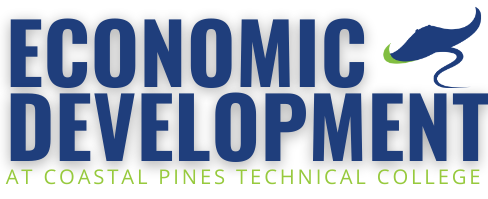0031 - Lean Process & Six Sigma
Course Description
Six Sigma is a data-driven approach for eliminating defects and waste in any business process. You can compare Six Sigma with turning your water faucet and experiencing the flow of clean, clear water. Reliable systems are in place to purify, treat, and pressure the water through the faucet. That is what Six Sigma does to business: it treats the processes in business so that they deliver their intended result. This workshop will provide an introduction to this way of thinking that has changed so many corporations in the world. This workshop will provide participants with an overview of the Six Sigma methodology and some of the tools required to deploy Six Sigma in their own organizations.
Objectives
- Develop a 360 degree view of Six Sigma and how it can be implemented in any organization.
- Identify the fundamentals of lean manufacturing, lean enterprise, and lean principles.
- Describe the key dimensions of quality – product features and freedom from deficiencies
- Develop attributes and value according to the Kano Model
- Understand how products and services that have the right features and are free from deficiencies can promote customer satisfaction and attract and retain new customers.
- Describe what is required to regulate a process
- Give examples of how poor quality affects operating expenses in the areas of appraisal, inspection costs, internal failure costs, and external failure costs
- Using basic techniques such as DMAIC and how to identify Six Sigma Projects
- Use specific criteria to evaluate a project
- Discover root causes of a problem
Outline
- Understanding Lean
- About Six Sigma
- About Lean
- History Behind Lean
- Toyota Production Systems
- The Toyota Precepts
- Liker’s Toyota Way
- Philosophy
- Process
- People and Partners
- Problem Solving
- The TPS House
- The Goals of TPS
- The First Pillar: Just In Time (JIT)
- The Second Pillar: Jidoka (Error-Free Production)
- Kaizen (Continuous Improvement)
- The Foundation of the House
- The Five Principles of Lean Business
- Value
- Value Stream
- Flow
- Pull
- Seek Perfection
- The First Improvement Concept (Value)
- Basic Characteristics
- Satisfiers
- Delighters
- Applying the Kano Model
- The Second Improvement Concept (Waste)
- Muda
- Mura
- Muri
- The New Wastes
- The Third Improvement Concept (Variation)
- Common Cause
- Special Cause
- Tampering
- Structural
- The Fourth Improvement Concept (Complexity)
- What is Complexity?
- What Causes Complexity?
- How to Simplify?
- The Fifth Improvement Concept (Continuous Improvement)
- The PDSA Cycle (Plan, Do, Study, Act)
- The DMAIC Method
- The Improvement Toolkit
- Gemba
- Genchi Genbutsu
- Womack’s Principle
- Kaizen
- A Roadmap for Implementation
